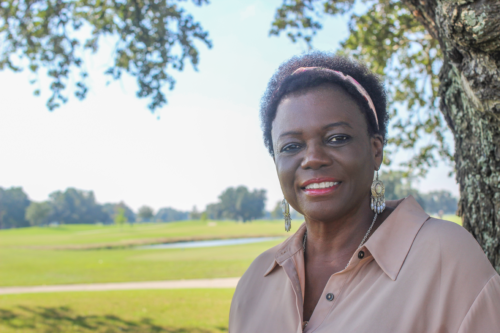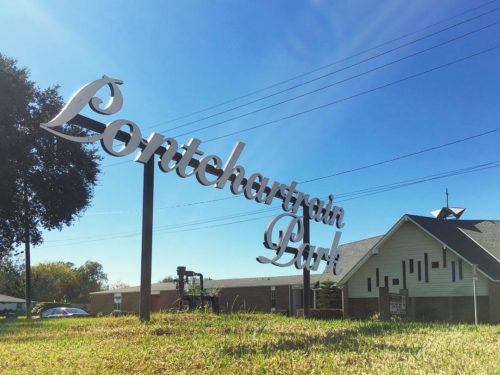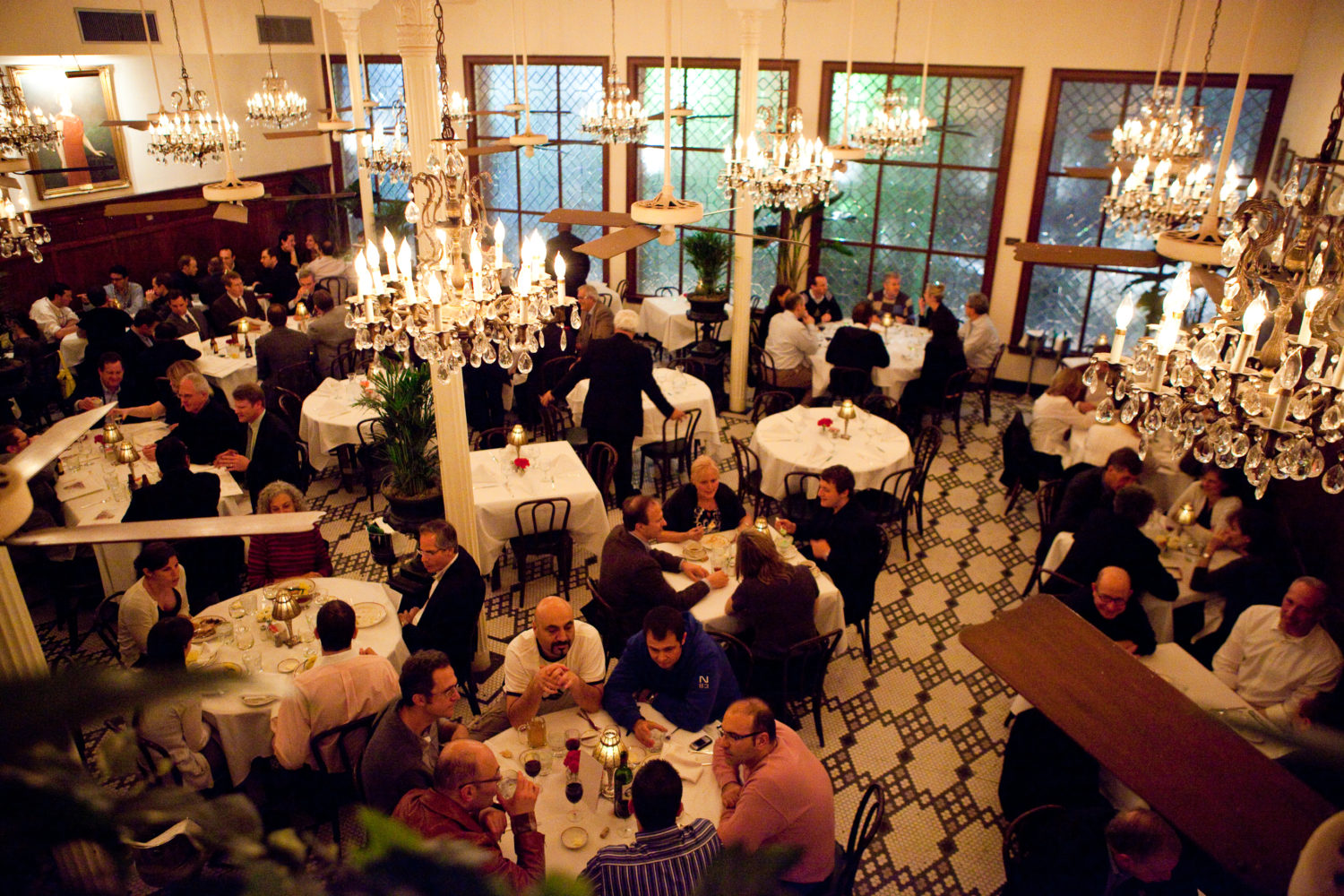This story first appeared in the October issue of the PRC’s Preservation in Print magazine. Interested in getting more preservation stories like this delivered to your door each month? Become a member of the PRC for a subscription!
There were many things about Pontchartrain Park that appealed to Carrie Mingo Douglas when she, her husband and her young son moved to the neighborhood in 1996. “It was quiet and family-oriented,” she said. “It was economically reachable, and had a strong neighborhood association that was working to maintain a good quality of life. We were close knit.”
Its reputation and impressive history also resonated with Mingo Douglas. Founded in 1955, Pontchartrain Park was one of the first suburban-style developments built for African-American families in Jim Crow-era Louisiana. Nearly 1,000 African-American families purchased new homes, many in the popular ranch style of the day, in this neighborhood laid out around an expansive golf course and public park. Prominent families put down roots in Pontchartrain Park, and raised children who went on to be national leaders. The Morials, including mayors Dutch and Marc; nationally acclaimed jazz musician Terence Blanchard; actor Wendell Pierce; and former EPA administrator Lisa Jackson, for example, all hail from the Park.
“It’s an amazing place,” Mingo Douglas said. “The reach of people who were products of Pontchartrain Park is so wide, politically and socially.”
Though the neighborhood suffered mightily in the flooding that followed Hurricane Katrina, and many homes were lost, the neighborhood still enjoys true historic integrity in the ranch houses that remain, proximate to the green park and golf course. “It’s that historic element that brings stability to Pontchartrain Park,” Mingo Douglas said.
Carrie Mingo Douglas at the historic Joseph M. Bartholomew Municipal Golf Course in Pontchartrain Park
Despite the losses of Katrina, and the uncertain fate of the neighborhood and its residents in the aftermath, Pontchartrain Park was still there, albeit under piles of rubble. Thanks to the gargantuan efforts of residents and countless groups working to aid those seeking to return home to Pontchartrain Park, today it enjoys “an atmosphere of comfort and peace,” she said. “That’s our true strength in many ways.”
Mingo Douglas is the head of Pontchartrain Park Neighborhood Association’s Historic Committee, which reached out to the Preservation Resource Center in hopes of nominating the neighborhood to the National Register of Historic Places. The process will include documenting every parcel in the neighborhood — of which there are almost a thousand — through photos and narratives, and collecting stories of elders in the community in the process.
PRC is proud to be partnering with the Pontchartrain Park Neighborhood Association in this effort, which also is supported by the Louisiana State Historic Preservation Office and Tulane University, for which we are grateful.
Education is part of this endeavor, and neighbors need to be clear — a National Register designation for Pontchartrain Park in no way restricts or encumbers properties or their owners. No one will be around to dictate paint colors or stop changes to a house or building. But a place on this national list of important sites does say to the community — and the nation — that this site has true historic significance.
To hear Mingo Douglas talk about her neighborhood, it’s easy to understand why it originally was, and continues to be, such a significant place to so many people. “It’s a historic community of people attaining the American Dream,” she said. “It’s a place where we could raise families, own property, educate our children. And we continue to work diligently to maintain this quality of life.”
As PRC works with Pontchartrain Park residents toward the National Register designation, we also will have programs to celebrate and record the stories of people who have contributed to the neighborhood for years, and an event to bring people out to learn more — so stay tuned.
Advertisements










